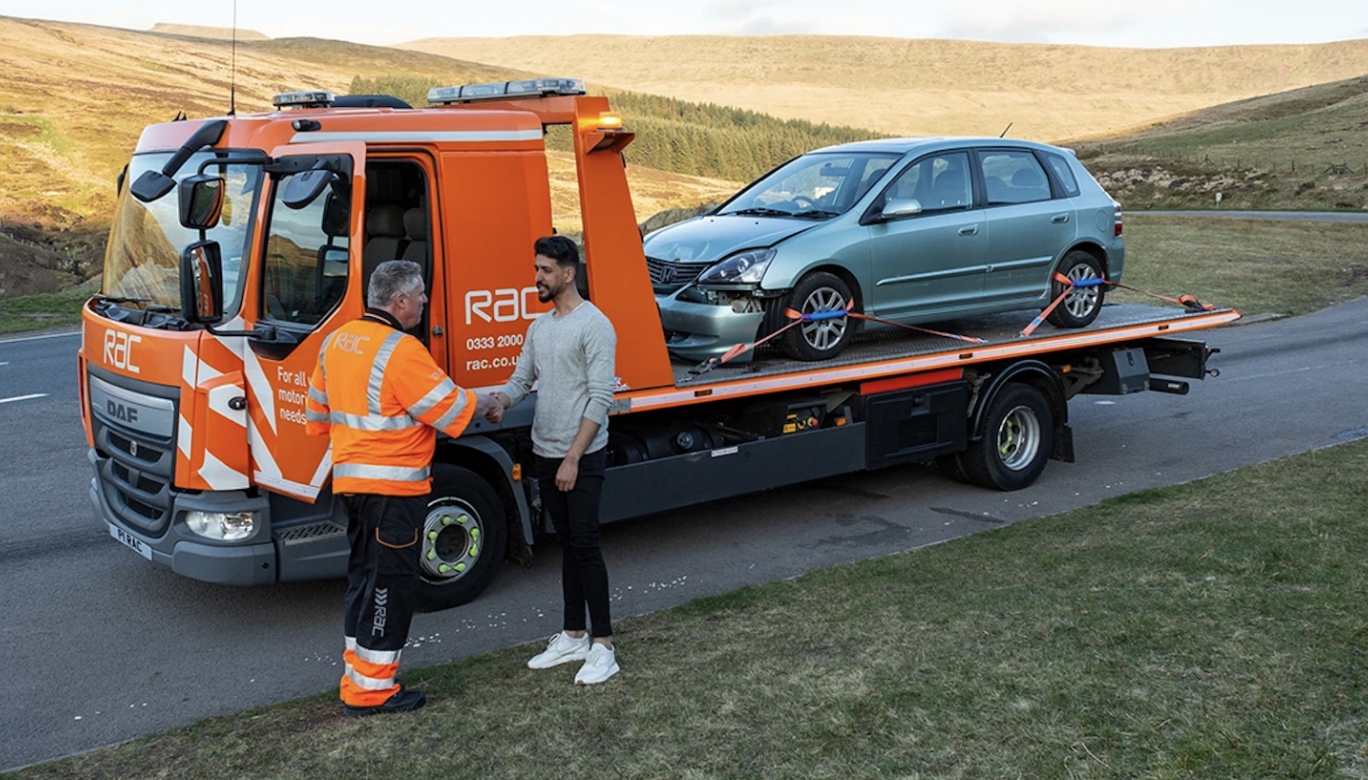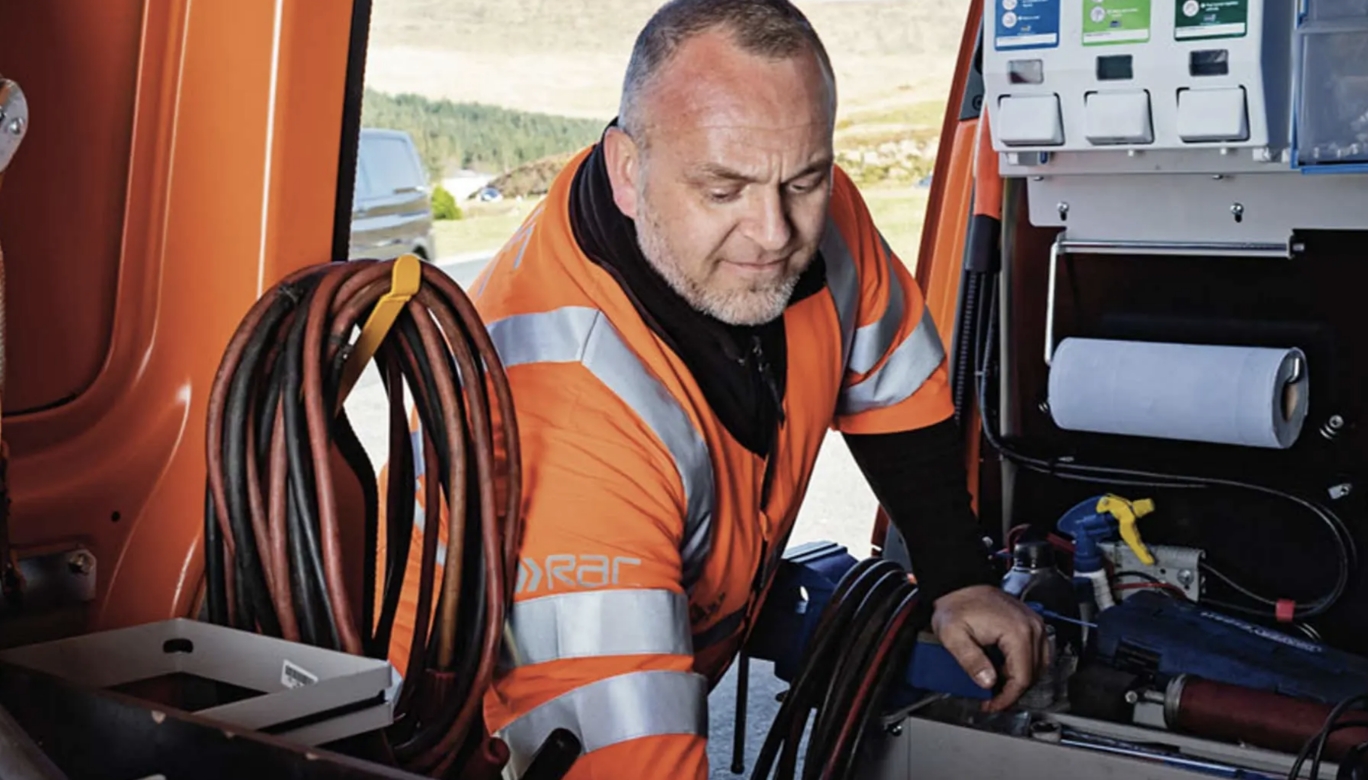Car Insurance and the Rise of Self-Driving Cars: What It Means for Consumers

The automotive industry is undergoing a revolution, with self-driving cars moving from science fiction to reality. As technology advances, questions arise about how these vehicles will impact car insurance, liability, and consumer costs. While fully autonomous cars are not yet widespread, their gradual integration onto our roads is already influencing insurance policies and legal frameworks.
What Are Self-Driving Cars?
Self-driving cars, also known as autonomous vehicles (AVs), use a combination of sensors, cameras, artificial intelligence, and machine learning to navigate roads without human intervention. These vehicles operate on different levels of autonomy, from basic driver assistance (such as cruise control and lane-keeping assist) to full automation, where no driver input is required.
Currently, most vehicles on the road fall into Level 2 or 3 autonomy, meaning they still require a human driver to take control in certain situations. However, companies like Tesla, Waymo, and traditional manufacturers such as Mercedes-Benz and BMW are developing increasingly sophisticated self-driving technology.
How Will Self-Driving Cars Affect Car Insurance?
Car insurance has traditionally been based on assessing driver risk - age, experience, past claims, and driving history all influence premiums. But as vehicles become more autonomous, responsibility for accidents may shift away from individual drivers and towards manufacturers, software developers, and technology providers.
Key changes consumers can expect include:
1. Shifting Liability
- In a traditional car accident, the driver is responsible for any claims. However, if an autonomous vehicle causes a crash, insurers and legal experts will need to determine whether the fault lies with the manufacturer, the software, or the owner.
- Some car manufacturers, including Volvo and Mercedes, have already stated they will accept liability for accidents caused by their self-driving technology.
2. Changes to Insurance Policies
- With increased automation, insurers may begin offering policies that focus more on vehicle hardware and software rather than driver risk.
- Personal liability cover could become less expensive as human error is reduced, but technology-related coverage (such as software malfunctions) may become a key factor.

3. Potential Cost Savings for Consumers
- One of the biggest advantages of self-driving cars is their potential to reduce accidents caused by human error, which currently account for over 90% of crashes. Fewer accidents could mean lower insurance premiums in the long run.
- However, in the short term, high-tech components and repair costs for autonomous vehicles may lead to higher premiums until economies of scale bring prices down.
4. Data and Privacy Considerations
- Autonomous vehicles rely on data collection to function safely, recording vast amounts of information about driving habits, routes, and incidents.
- Insurers may use this data to assess risk more accurately, potentially leading to personalised pricing based on how often and how safely a vehicle operates. However, concerns around data privacy and security will need to be addressed.
What Should Consumers Do Now?
For most people, fully self-driving cars are still a few years away from being a mainstream option. However, as more vehicles incorporate autonomous features, consumers should:
- Stay informed about changes in car insurance policies and how automation affects coverage.
- Check with insurers to see if autonomous features impact premiums or require specialised policies.
- Consider safety technology when purchasing a new vehicle, as many insurers already offer discounts for advanced driver-assistance systems.
The Future of Driving and Insurance
While self-driving cars promise safer roads and potential cost savings for drivers, they also introduce new challenges for insurers and regulators. As the transition to autonomous vehicles continues, the insurance industry will need to evolve to ensure fair pricing, clear liability rules, and robust data protection for consumers.
For now, traditional car insurance remains essential, but the road ahead is changing - one smart innovation at a time.
Features












